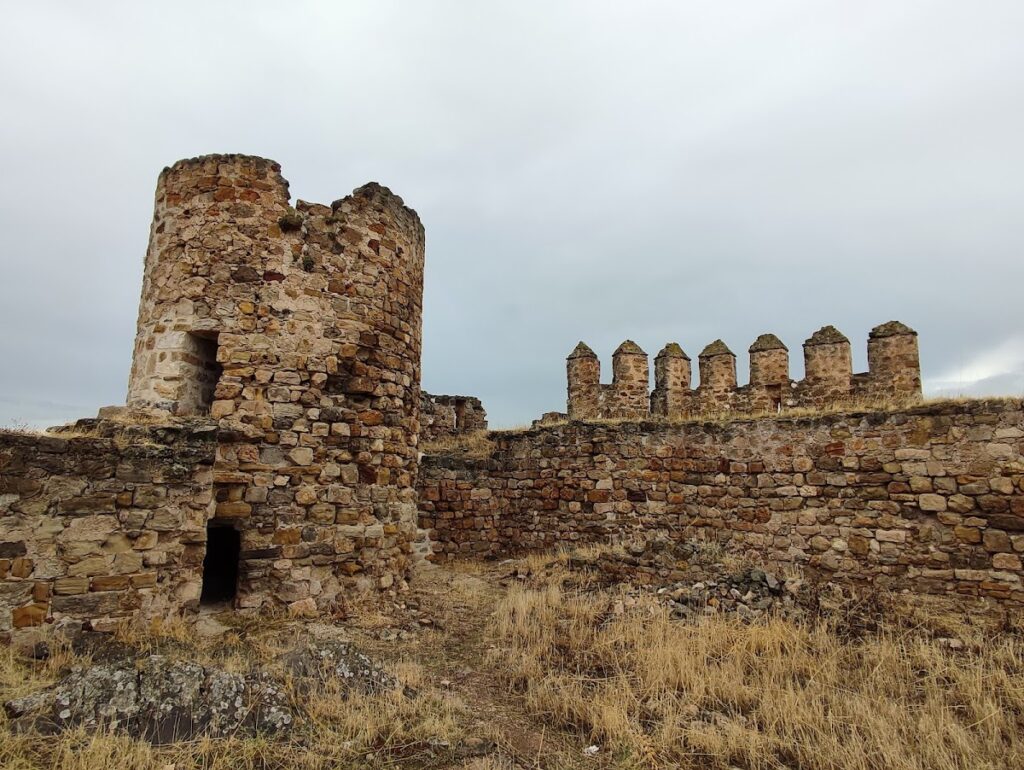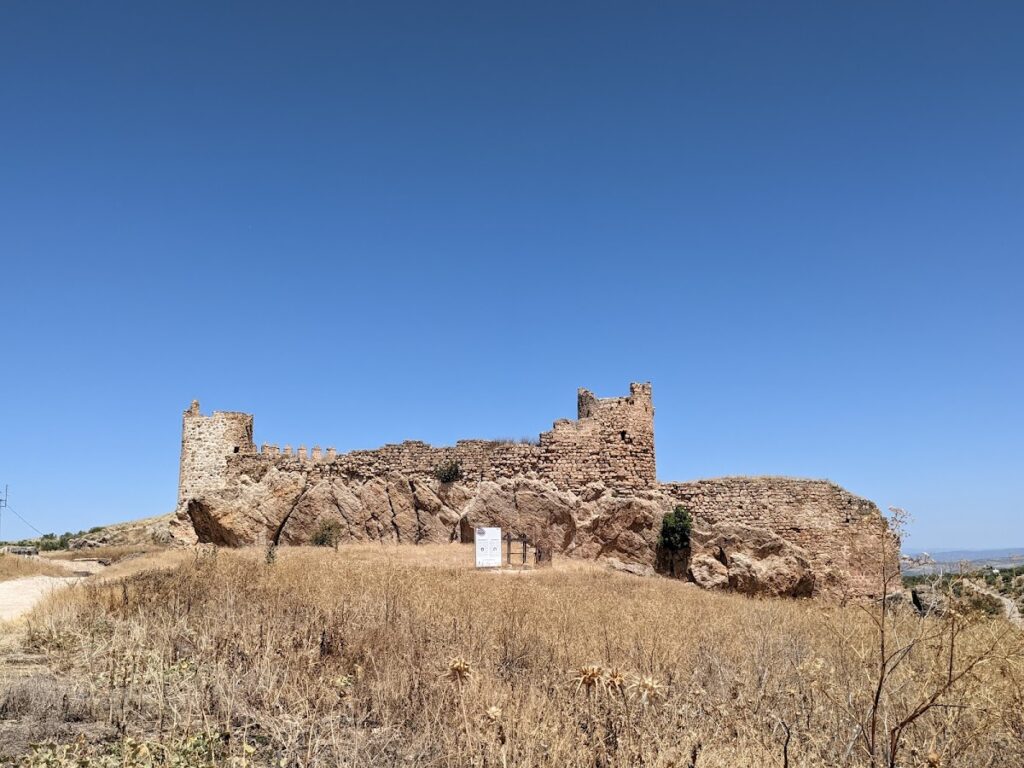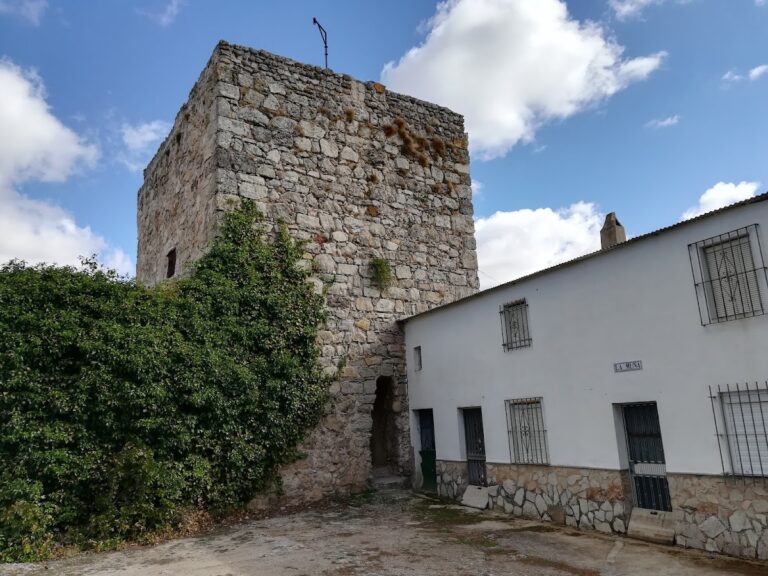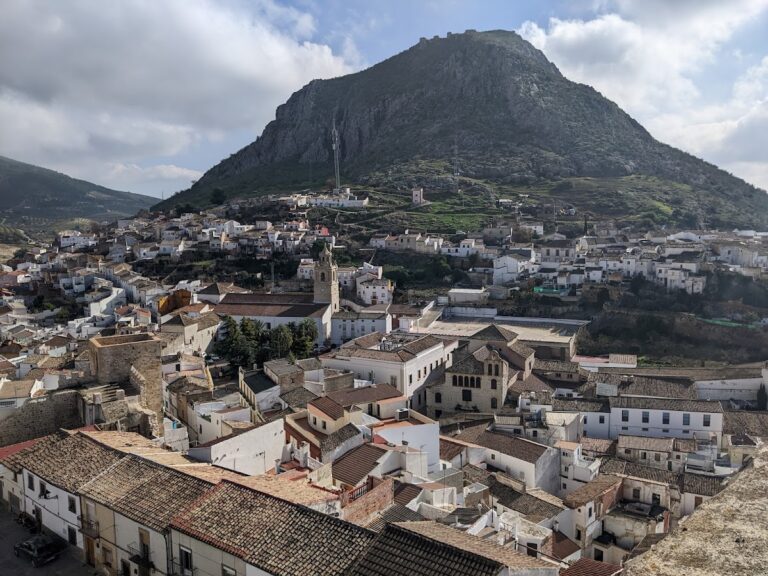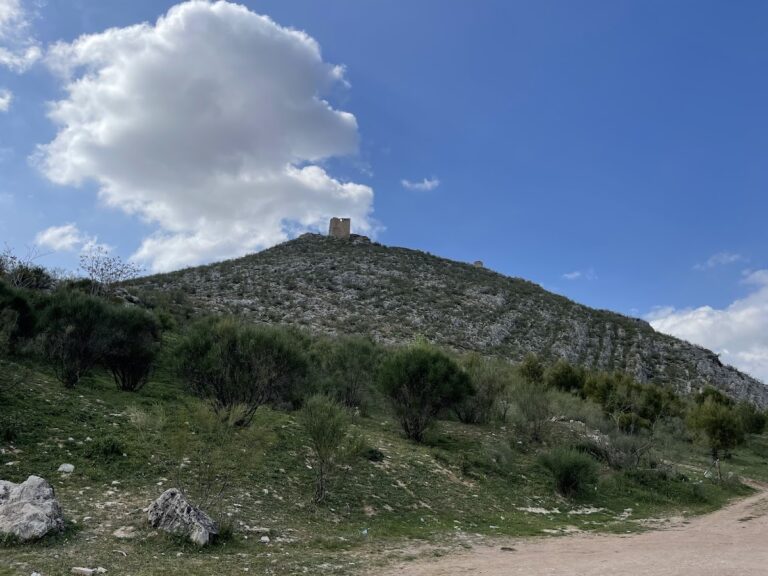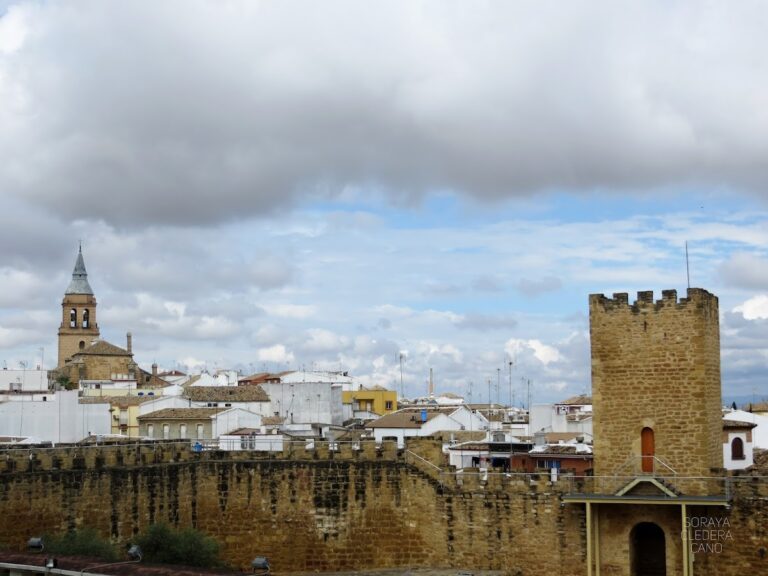Castillo del Berrueco: A Historic Fortress in Torredelcampo, Spain
Visitor Information
Google Rating: 4.2
Popularity: Low
Google Maps: View on Google Maps
Country: Spain
Civilization: Unclassified
Remains: Military
History
The Castillo del Berrueco is located in the municipality of Torredelcampo, Spain. It was originally constructed by Muslim builders during the 12th century and later modified following the Castilian conquest of the area. The site’s position, near an ancient minor Roman road, made it a key strategic point throughout its history.
During the Middle Ages, the castle’s importance arose from its location along contested borders between Muslim and Christian forces. This frontier status also implicated the fortress in internal conflicts involving local nobility and the Castilian crown. Notably, in 1465, Pedro Girón, the leader of the rebel faction and master of the Order of Calatrava, captured the castle. Girón intended to marry Isabel, sister of King Enrique IV, though his sudden and suspicious death—possibly from poisoning—shortly afterward changed the castle’s fate. Following these events, the fortress passed into royal hands, becoming a military outpost to defend the region of Jaén against rebellious territories such as Arjona.
The 16th century marked a gradual decline for the castle. Its surrounding settlement diminished into a farmstead, retaining inhabitants until the mid-20th century but without regaining its former military or administrative significance. Throughout its history, the site emerged repeatedly in historical records, including mentions in 1311 and 1380 as part of Jaén’s defensive network. It endured involvement in civil wars during both the 15th and 17th centuries. Archaeological findings further reveal layers of occupation predating the medieval fortress, reaching back to Iberian, Roman, and Visigothic periods, highlighting the hilltop’s long-standing strategic value.
Remains
The remains of the Castillo del Berrueco occupy a rocky hilltop and consist of two main enclosures, clearly differentiated as upper and lower wards. The upper enclosure is fortified with three defensive towers placed at the corners: two circular and one square. These are connected by a curtain wall, creating a robust defensive circuit. The lower enclosure adapts closely to the rugged terrain, with sinuous walls that follow the natural contours of the rock, enhancing protection by integrating the fortress with its landscape.
Construction materials principally include regular masonry blocks bonded with a plentiful use of plaster and mortar filling. Defensive elements visible at the site include preserved wall walks, known as adarves, located along portions of the curtain walls, which would have enabled guards to patrol and defend the structure. Arrow slits, narrow vertical openings called aspilleras, allowed archers to fire while remaining shielded. The battlements feature pointed crenellations, or almenas, which provided cover for defenders atop the walls. On the northern wall, vestiges of machicolations are supported by projecting stone corbels; these machicolations are openings in the parapet through which materials could be dropped on attackers attempting to scale the walls.
Though the outer wall remains well preserved overall, parts of the natural rock foundation beneath the castle have suffered partial collapse, requiring urgent structural consolidation to prevent further damage. The castle’s position on the hill grants limited panoramic control since higher elevations surround it, reducing its visual dominance of the surrounding landscape.
Nearby, two small streams flank the site, contributing to its natural defenses and resources. Just north of the castle, along the historic road connecting Jaén and Arjona, lies a medieval water trough or pilar-abrevadero. This feature served as a watering point for transhumant livestock, linking the fortress to the regional pattern of seasonal animal movement.
Archaeological excavations on the hilltop uncover remains from various periods, including Iberian, Roman, and Visigothic layers beneath the medieval fortress. Of particular significance is a large Roman settlement spanning the summit and descending the lower slopes of the San Antón hill. These successive occupation layers attest to the ongoing strategic importance of the site throughout many centuries.
